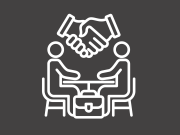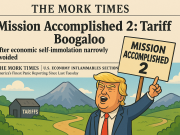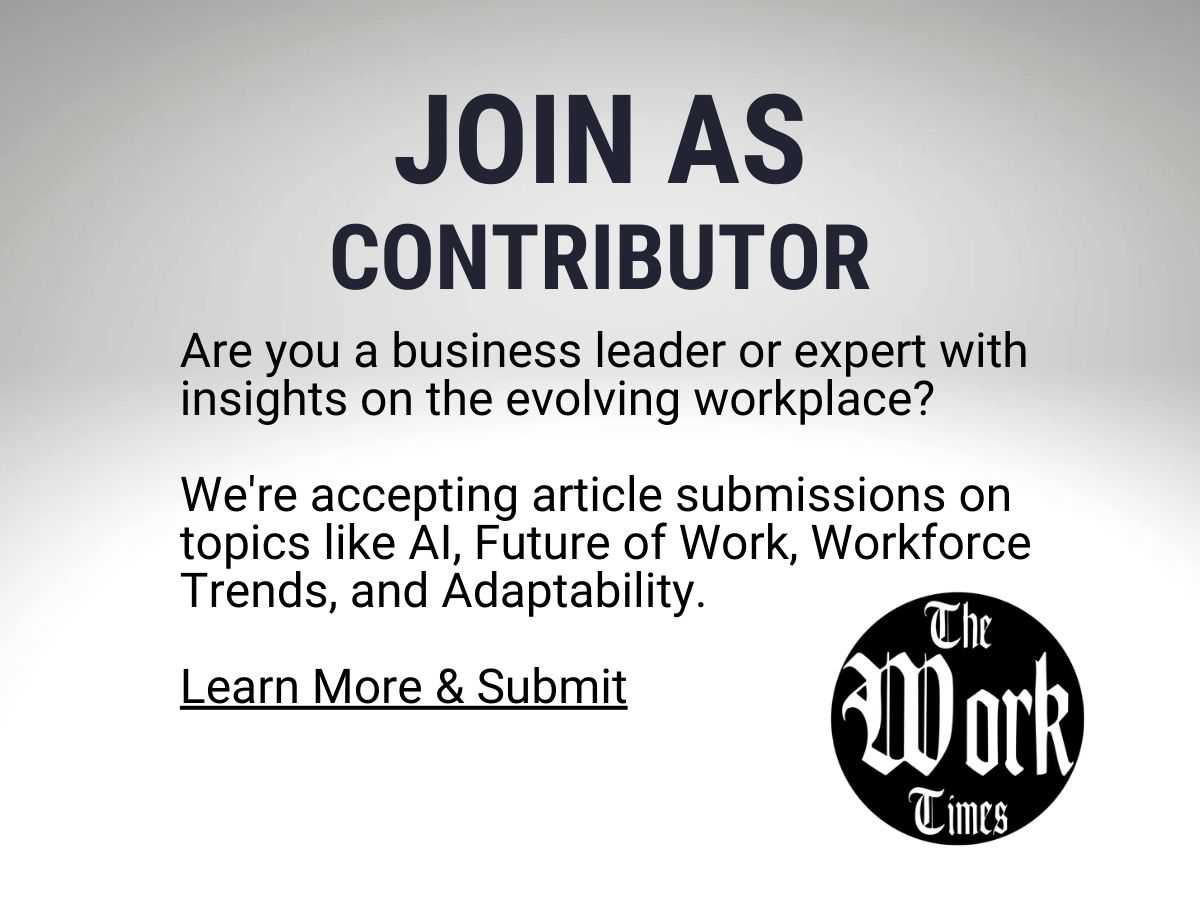Navigating the ebbs and flows of an ever-changing professional landscape is akin to setting sail on the high seas of the corporate world. With each passing day, the winds of technological advancements, evolving job roles, and shifting organizational structures challenge us to adjust our sails and embark on new courses. This constant state of flux has solidified change as an inevitable aspect of our professional lives, and mastering the art of handling change has become a quintessential skill for the modern workforce.
As an Employee Engagement Specialist, I have witnessed firsthand the impact of significant workplace transformations on day-to-day activities, relationships with colleagues, and overall engagement at work. Take, for example, the shift to remote work during the global health crisis of the past few years. This monumental transition required a complete overhaul of our interaction methods, work routines, and team dynamics. The result? A mixed bag of increased autonomy and flexibility, overshadowed by the challenges of virtual collaboration and communication.
The adjustment phase was fraught with hurdles: video conferencing replaced impromptu desk chats, and the digital divide tested our connectivity in more ways than one. However, it was the proactive strategies employed by individuals and teams that paved the way for a smoother transition. This brings us to a crucial realization – adaptability is not just about survival; it’s about thriving in the face of change.
So, how can we, as a collective workforce, embrace this shift and minimize disruption to our productivity? Here are a few strategies inspired by change management theories and real-world experiences:
1. Foster Open Communication**: Encourage transparent dialogue about the changes. Frequent check-ins and forums for sharing concerns can make transitions less daunting.
2. Invest in Training and Development**: Equip yourself and your team with the necessary skills to handle new tools and work methodologies. Continuous learning is the bedrock of adaptability.
3. Cultivate Resilience**: Cultivate a mindset that views change as an opportunity for growth rather than an obstacle. Resilient individuals recover quickly and are ready to tackle new challenges head-on.
4. Promote Collaboration and Support**: Strengthen team bonds by working together to navigate change. A supportive network acts as a buffer against the stress associated with transitions.
5. Implement Feedback Loops**: Create systems that allow for real-time feedback and adjustments. This approach ensures that the process of change is iterative and responsive to the needs of the workforce.
Through these approaches, my company and many others in our sector have managed to not only adapt to change but also emerge stronger and more cohesive. The art of handling change, much like sailing, requires an attentive crew, a knowledgeable captain, and a willingness to adjust one’s course as needed. Our journey is ongoing, and the seas may be unpredictable, but with the right mindset and tools, we can navigate the modern workplace with confidence and grace.
Change is inevitable, but how we respond to it defines our journey. Embrace the winds of change, adapt your sails, and set forth into the future of work with optimism and determination.
























